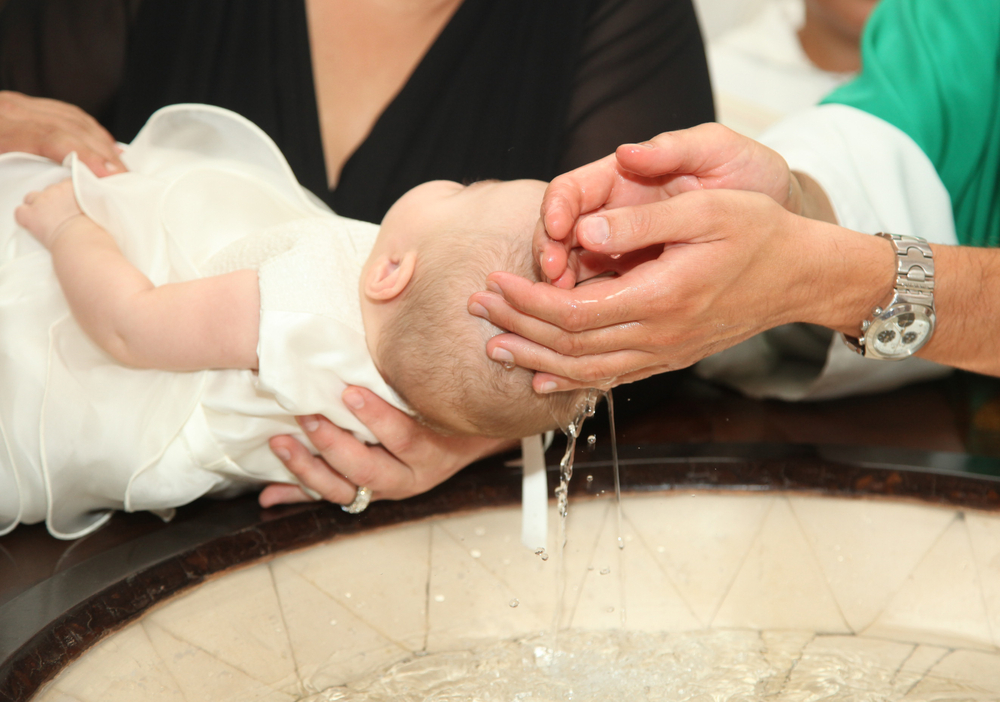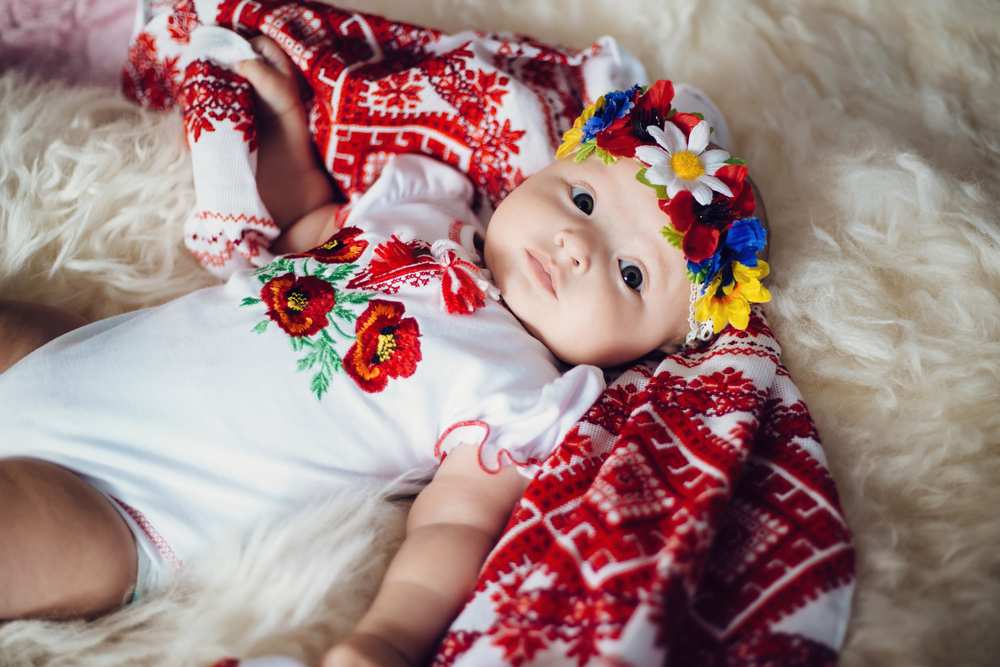Religious Customs
The birth of a baby is an occasion for joy and celebration in Ukrainian society. Each of the country’s many religious groups observes its own unique rituals and ceremonies to mark the birth of a baby. There is a strong cultural belief in the evil eye, and Ukrainians will go to great lengths to protect the baby from it. Baptism is the primary form of protection, but local customs also include placing safety pins inside the baby’s clothes. Tradition also forbids the cutting of the baby’s hair until its first birthday. Ukrainian mothers generally swaddle their babies tightly in blankets.
Ukrainian Orthodox Christian families usually perform naming and baptism ceremonies within eight days after birth. According to Orthodox Christian tradition, baptism is believed to purify the newborn from sin and preserve its vitality. During the ceremony, the godmother holds the baby while the priest first anoints it with olive oil and then pours sacred water over it.
Traditionally, the godmother must provide a kryzma, a long cloth used for holding and wiping the baby after baptism. The priest or the father of the child chooses the name, usually that of a patron saint. Relatives and friends who attend this ceremony usually drop a lucky penny into the water bowl used for the baptism ceremony. Ukrainian Jews observe a brit mila (naming ceremony) that also includes the circumcision of the male babies.
Common Practices
More than 99 percent of all Ukrainian mothers give birth at government or private hospitals in the presence of trained doctors. Private maternity hospitals offer better medical treatment but are usually too expensive for most families to afford.
Grand parties typically mark the birthday celebrations of a Ukrainian child. Birthdays are a popular and important form of social gathering. In recent days they are often associated with drinking, dancing, and exchanging gifts.
Reproductive Rights
The practice of abortion is widespread in Ukraine despite strong criticism from all religious organizations. Abortions are legal and available on demand. The abortion rate is very high since most women use the procedure as their primary form of birth control.
Although the abortion rate has been in constant decline over the past few decades due to the rise in contraceptive use, it remains the preferred form of birth control. As a result, more than half of all pregnancies end in an abortion.
Copyright © 1993-2024 World Trade Press. All rights reserved.





